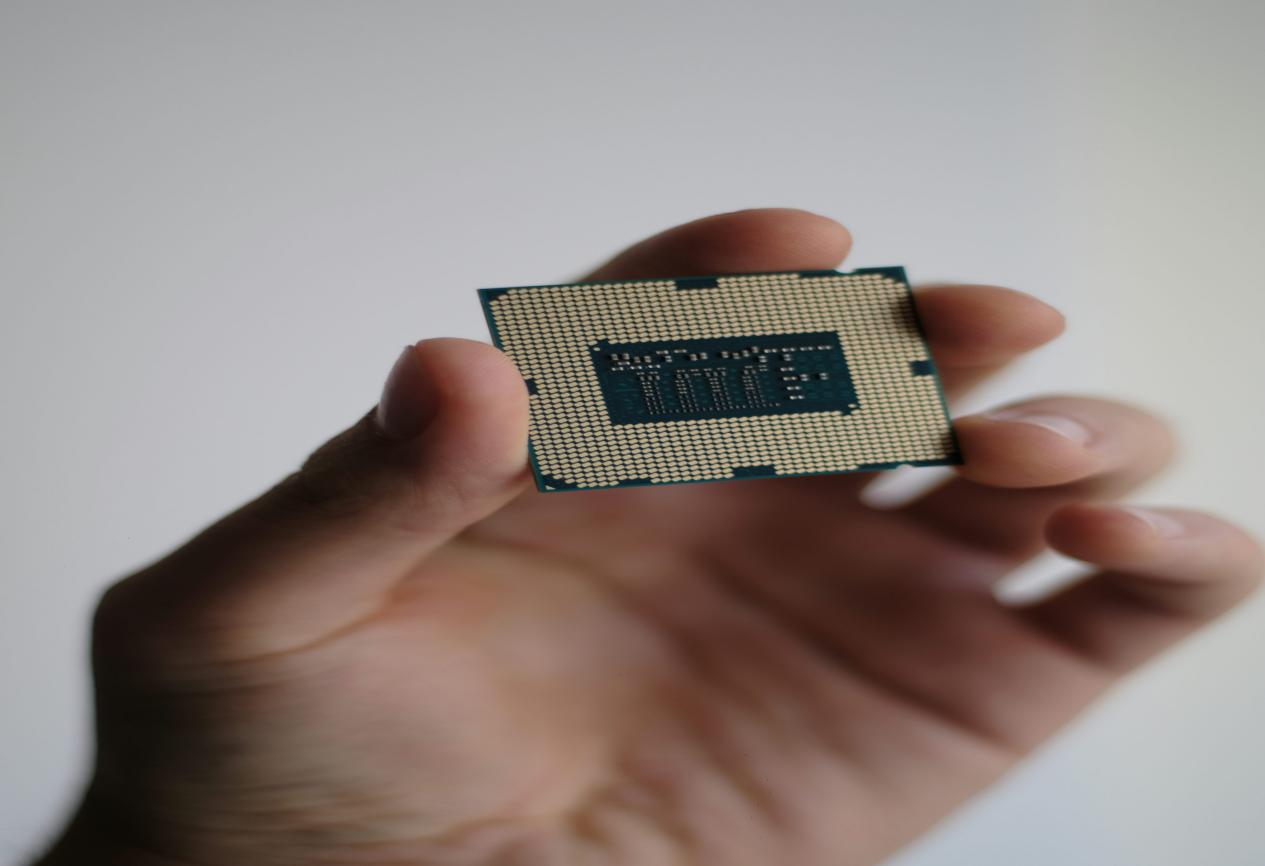Cosmic Oasis: Decoding the Life Code of Deep Space Farms

In the vast expanse of the galaxy, humanity is brewing an agricultural revolution that could redefine our understanding of farming. As the pace of deep space exploration accelerates, research teams are turning their attention to the conversion of interstellar resources, aiming to cultivate life oases in extraterrestrial deserts. This cross-dimensional farming experiment may completely rewrite humanity's inherent definitions of agricultural civilization.
Breakthroughs in Interstellar Soil Modification Technology
An extraterrestrial farm model proposed by a research team has garnered international attention. The core of this concept lies in utilizing the unique rock and soil of interstellar bodies as cultivation substrates. By simulating Earth's ecological cycling system, they aim to establish closed planting pods on the Moon or Mars. Experiments indicate that the powder from certain carbonaceous meteorites, when hydrated, can enable crops like arugula to complete their entire growth cycle.
Analysis of samples collected by deep space probes reveals that some asteroids' surface materials are rich in hydrogen-based compounds and organic components. Researchers have discovered through spectral comparisons that the ion exchange capacity of these rocks significantly exceeds that of the lunar regolith, indicating their potential as cultivation media. An international laboratory successfully cultivated leafy vegetables using simulated meteorite powder, confirming the feasibility of extraterrestrial soil modification.
Cosmic Resource Selection System
Faced with millions of small celestial bodies, scientists have established a model for assessing interstellar resources. By analyzing the orbital parameters and material spectra of these bodies, they can identify candidate targets with agricultural potential. Carbon-rich bodies are of particular interest, as their surface weathering layers often contain humus-like components that can form soil-like structures when activated by specific microbial communities.

Bottlenecks in Interstellar Transportation Technology
The transportation of resources across celestial bodies has become a key constraint on the implementation of these plans. The payload capacity of existing deep space probes is insufficient to meet agricultural development needs; even collecting a few grams of samples requires substantial investment. Experts propose the construction of a transfer station in lunar orbit to facilitate resource distribution through reusable transport capsules, although breakthroughs in propulsion systems and energy supply are still necessary.
Closed ecological cycling systems are seen as a potential solution. A European laboratory has developed a miniature biosphere that can convert carbon dioxide exhaled by occupants into fertilizer for the cultivation pod, while also regenerating oxygen using an algae system. This system performed excellently in a hundred-day lettuce cultivation experiment aboard the International Space Station, providing a technological foundation for constructing an extraterrestrial farming ecosystem.
Challenges of Adapting to Cosmic Environments

Radiation protection and gravity simulation are core issues for extraterrestrial farms. Research teams have proposed a multi-layer shielding pod design, using sintered lunar bricks to construct radiation-proof planting chambers, while also developing rotating cultivation racks to generate Earth-like gravity effects. Experiments show that in a 0.3G gravity environment, the root development rate of certain grains improves by 40% compared to microgravity conditions.
Water cycling systems in extreme environments also face significant challenges. An innovative team has developed a hydrophobic aerogel material that can maintain the presence of liquid water in the Moon's surface environment, where temperature fluctuations can reach 300°C between day and night. Combined with directional capillary irrigation technology, they successfully facilitated the development of potato tubers in simulated lunar soil, marking substantial progress in extraterrestrial farming technology.
This interstellar green revolution is not only vital for food supply in future deep space bases but also represents a critical leap for humanity beyond planetary limitations. When the first extraterrestrial crop breaks through the soil, it heralds a new dimension of life continuity—within the vast universe, humanity will ultimately learn to sow the seeds of civilization.
(Writer:Seli)





